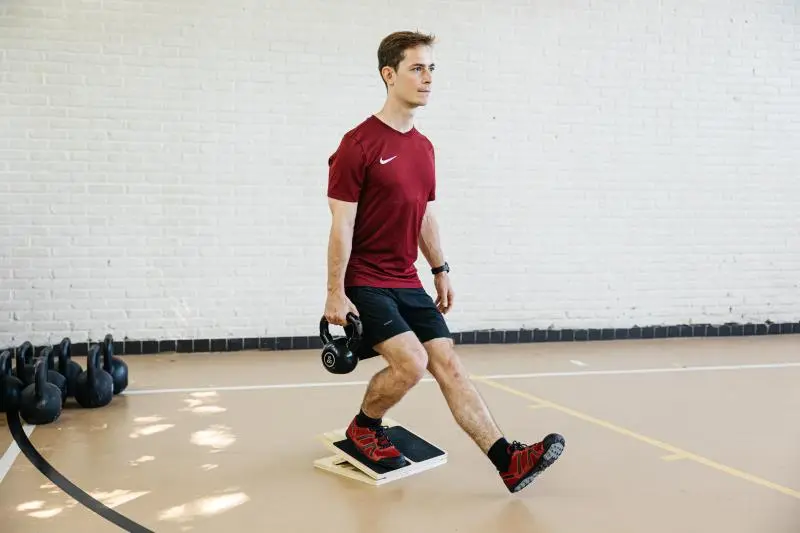
Slant board exercises bring a new twist to the standard mobility routine. By having access to different angles for your feet and ankles, you allow your body to adapt and develop in multiple directions.
Naturally, this directly translates to foot, ankle, knee, and hip development. On top of that, using a slant board brings a key athletic aspect to the table – injury prevention.
In the following article, let’s talk about the five slant board exercises that everyone should consider putting in their routine.
Table of Contents
1. Slant Board Tib Raises
Even though you can achieve ultimate tibialis activation with a tib bar, the slant board offers this as well. Think about it – doing a standard tib raise can be challenging, but doing it on a decline (aka slant) makes it even more so.
This exercise is a simple, yet highly effective way to develop the tibialis anterior, as well as ankle stability and strength. Here’s how to do a slant board tib raise:
- Set the slant board against a sturdy wall
- Stand on the board shoulder-width apart, with your heels elevated
- While resting your behind against the wall, squeeze your tibialis by trying to point your toes toward the ceiling
- Hold the squeeze for a few moments and release
* To increase the challenge, stand higher on the slant board
2. Jefferson Curl
The Jefferson curl is a challenging exercise on its own. Going to negative ROM requires a lot of strength and mobility, especially in the posterior chain.
Now, when we introduce a slant board, i.e. slight dorsiflexion at the ankle, the whole movement becomes more difficult.
The slant board Jefferson curl will help you with ankle mobility, and shin muscle strength. On top of that, you can expect serious hamstring activation, especially if you increase the angle on the slant board.
3. Poliquin Step-Up
When it comes to slant board exercises, we must mention the Patrick-Poliquin-Petersen step-up (and reverse step-up) progression. This trio is the Knees-over-toes must-have for a great reason.
Essentially, the Poliquin step-up is a level-up to the Patrick step. It requires an elevated slanted surface for the additional challenge. Now that you’re doing the step up on a slanted surface, the exercise starts targeting leg muscles more.
The Poliquin step-up helps with knee strength and ankle mobility, yes, but its biggest benefit is VMO activation.
Speaking of VMO…
4. Slant Board Goblet/VMO Squat
This is another knees-over-toes classic among slant board exercises. The introduction of a slanted surface makes the standard goblet squat way more VMO-heavy.
The key to a succesful slant board VMO squat is to try your hardest not to push your knees aside. They need to go forward, over the toes, as you descend into full ROM.
This slant board exercise will help you develop your VMO muscles. Additionally, you can expect a solid increase in foot and ankle stability, thanks to the nature of the movement.
Lastly, if you want to increase the challenge, you can do so by grabbing some weight (e.g. kettlebell) or by increasing the angle on the slant board.
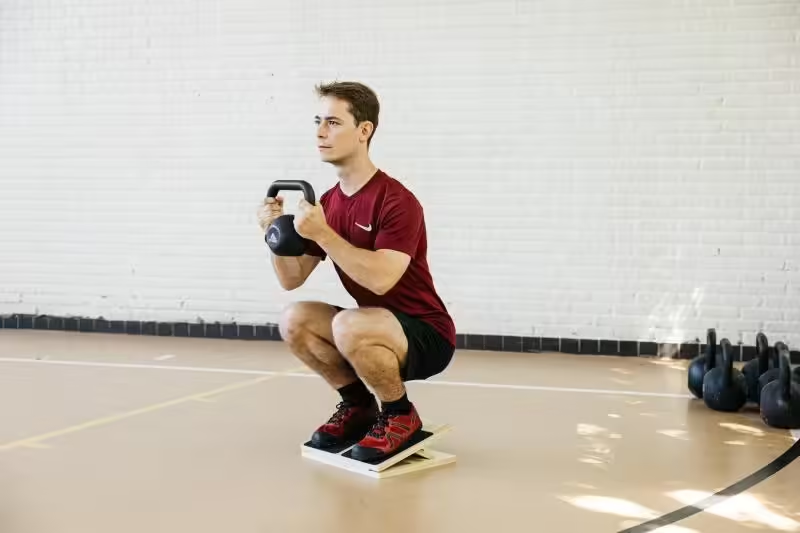
5. Slant Board Pistol Squat
To close off this list of slant board exercises, we saved the most aesthetic one. As if the standard pistol squat wasn’t difficult already.
During a descent into the bottom position of a slant board pistol squat, your working-leg knee will either go over the toes or give up. The slant activates your VMO to the fullest. But, in contrast to other VMO-heavy slant board exercises, the pistol squat activates your shins, hams, glutes, and hips.
To get to a slant board pistol squat, the Patrick-Poliquin-Petersen progression is the ideal starting point. And, once you master it and want to go further, just increase the angle on your slant board.
Slant Board Is Great For Stretching Too
We can’t talk about slant board exercises without mentioning the benefits of slant board stretching. Before you go, here’s a quick list of slant board stretches to try out as well:
- Slant board toe touches
- Soleus stretch
- Jefferson curl (no load on a low angle)
- Pike stretch (single leg)
- ATG split squat with stretch holds in the bottom position
Slant Board – A KOT Twist To Known Exercises
To put it simply – slant board exercises help you develop that healthy knees-over-toes range within movements most are familiar with.
Even though they’re more challenging, these exercises will help you teach your body how to move within its full range. And the more you stay at it, the wider that range is going to be.
So go and experiment with your slant board a bit. And if you don’t own one, you’re in luck:
Get your adjustable slant board (and more) at our shop:
GET THE BEST INJURY-PREVENTION TRAINING EQUIPMENT:
Above all, a storyteller. Then comes marketing, branding, writing music, powerlifting, and woodworking.

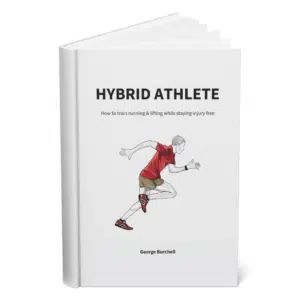
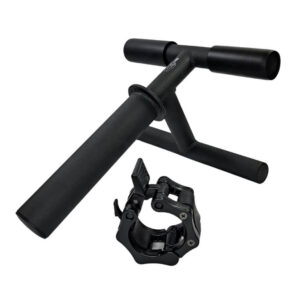

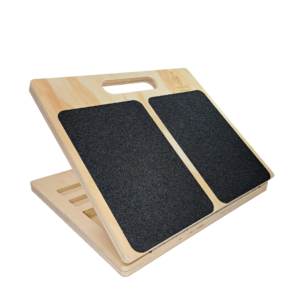
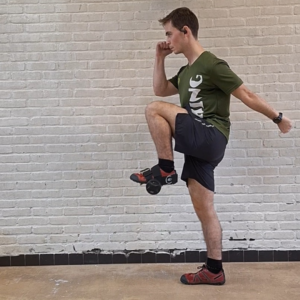


1 thought on “5 Slant Board Exercises For Stronger Feet, Ankles, And Knees”
Hey There. I discoveed your weblog the usage of msn.
Thiis is a very well written article. I will make sure to bookmark it aand return to learn extra of your helpful info.
Thank you for the post. I will certainly comeback.